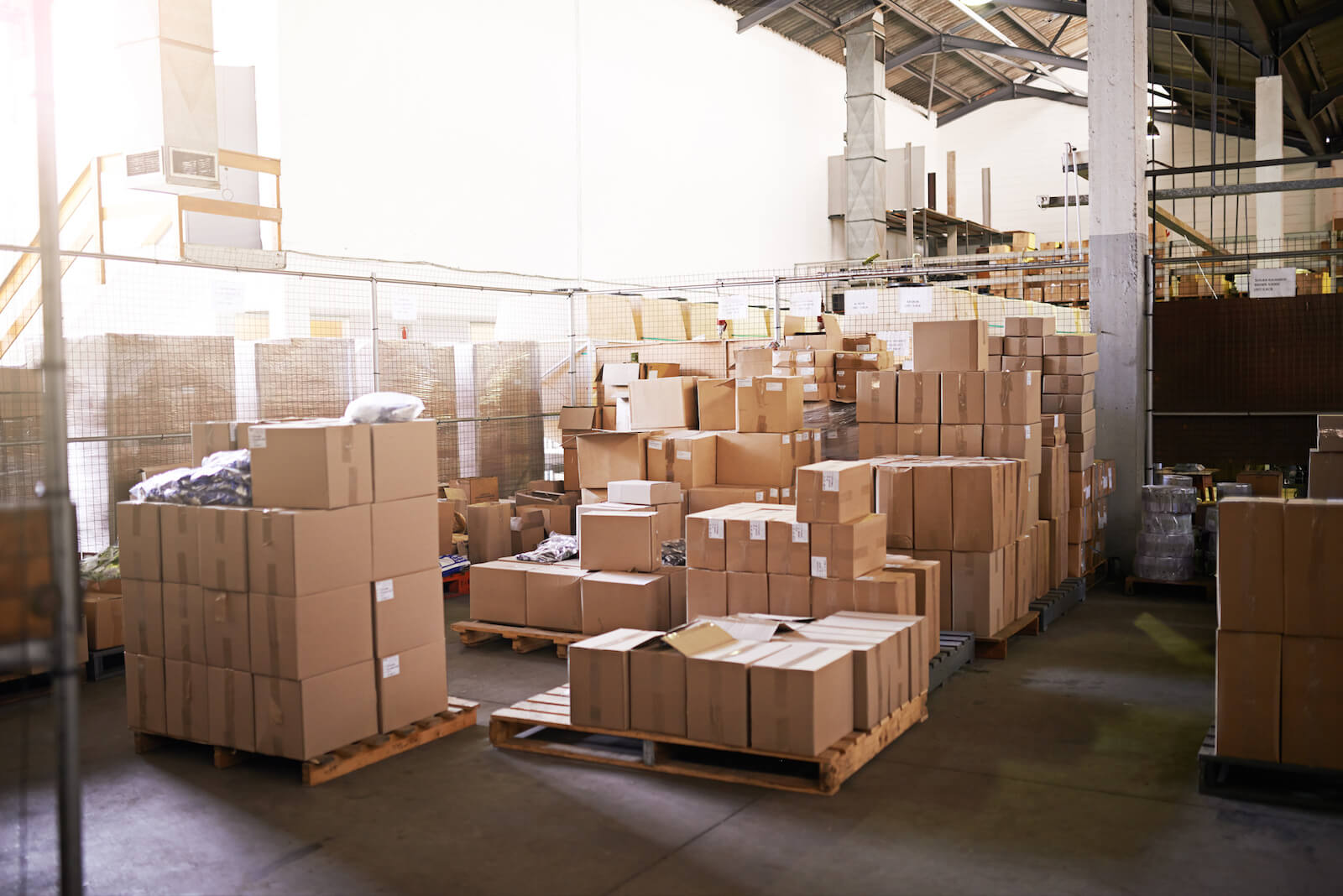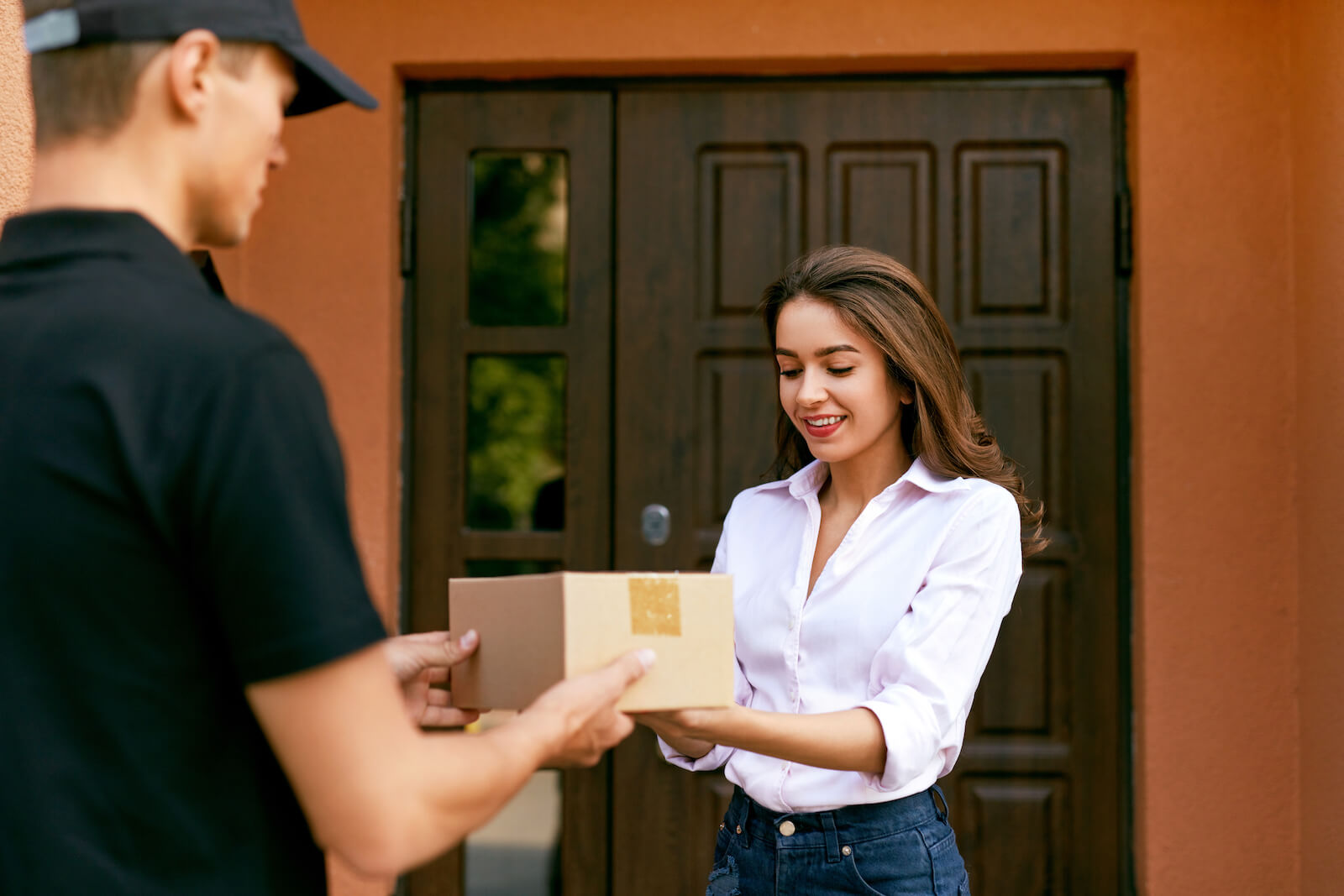Table of Contents
** Minutes
Why is the dark store concept growing?
4 benefits of using dark store for ecommerce retail
Dark store order fulfilment: How does it work?
When it comes to shopping, customers expect instant gratification. That’s why many people love shopping at a local physical store; they can find what they’re looking for, make a purchase, and have it same day. But the pandemic made it more difficult to offer this type of shopping experience.
In response, many physical retailers, from small to enterprise businesses, opted into what is known as a “dark stores” to offer more of their products online and using their retail space to store a large amount of inventory, fulfil orders, and provide more options such as fast delivery and same-day pickup.
Dark stores, also known as “retail distribution outlets,” have been highly beneficial for retailers of all sizes during the COVID-19 pandemic, but the concept isn’t anything new. In this article, you will learn more about dark stores, and what benefits they provide for growing ecommerce brands
What is a dark store?
A dark store is a retail store (e.g., groceries, home goods retailers, and clothing brands, etc.) converted into a micro-fulfilment centre, and its layout is organised and optimised for retail fulfilment for online orders. These retail distribution outlets are not open to shoppers, which provides more space store inventory and accurately fulfil orders for customers. Once the order is placed, items can be picked and packed in the dark store and either shipped or picked up by the customer locally. This provides retailers with options for local and all customers.
Why is the dark store concept growing?
The COVID-19 pandemic has had a huge bearing on retail, especially since social distancing has become the norm. In such circumstances, to allow customers to purchase from a brick-and-mortar retail store contact-free, retailers are leveraging dark stores, which create the space needed to fulfil orders for shipping or prepare them for pickup, without customers needing to enter a crowded store.
Although dark stores have been a great solution during the pandemic, it is not a new concept. Dark stores are common in the UK, France, China, and other countries around the world. With that said, many industry experts say that this is just the beginning of the dark store trend, especially in the United States. Here are other reasons why retailers are converting their physical retail space into dark stores:
1. Fast delivery solutions
Not only do dark stores create an opportunity to sell in-store merchandise contact-free, they also provide stress-free and fast delivery options. With dark stores, shoppers do not have to waste time finding a parking spot, rummage through the store to find what they need, and stand in long lines at the checkout. These fulfilment “hubs” allow for fast delivery for local customers, as well as offer affordable shipping for all other customers while keeping carrying costs low by leveraging their physical retail space.
2. Efficient dark store picking
Dark stores simplify the picking and packing process by storing a large volume of inventory in a smaller space rather than a large warehouse. Dark stores are set up primarily to fulfil orders, which allows merchants to optimise the space for easy picking. This makes warehouse picking and inventory tracking faster and more accurate.
3. Provides more options for customers
This year, shoppers got a taste of different options on how to receive their online orders, including curbside pickup, local delivery, and faster, more affordable shipping. Especially for essentials, like personal care items and groceries, dark stores also provide local customers the convenience to easily pickup orders or get them delivered as fast as same day. Because of this, these types of delivery options are most likely here to stay years after the pandemic.
4 benefits of using dark store for ecommerce retail
Big retailers such as Walmart, Kroger, and Bed Bath and Beyond, have recently started experimenting with dark stores, in response to COVID-19. In September 2020, Whole Foods opened its first ‘online-only’ new store in Brooklyn, New York. But more local, small retailers are also seeing the benefits of using dark stores to not only serve local customers but to also expand their customer reach at a lower cost. Here are some of the reasons why dark stores are more than a passing trend.
1. Dark stores stock a vast range of products
Since customers are not allowed inside functional dark stores (and if they are, there’s a designated area for pickup only), its layout can be planned to enhance storage and picking capabilities. Improving storage capacity guarantees greater product assortment, while faster picking ensures that orders are fulfiled faster without compromising order accuracy.
2. Better view of stock levels
Since dark stores are much smaller than a traditional warehouse, it’s much easier to track inventory levels. Many dark stores are also equipped with inventory management tools to help control stock levels in real time. These types of tools also help retailers identify whether or not they are stocking too much inventory (known as “deadstock“) or not enough, which can lead to stockouts. By simplifying the inventory control process, you’re able to ensure you have an optimal level of inventory at all times.
3. Increased warehouse efficiency
Sometimes, one dark store ends up supporting retail fulfilment of several stores within a geographic region. Since these warehouses are customer-free zones, where pickers can easily navigate aisles without having to dodge shoppers and their carts, dark stores are able to manage a large volume of orders. But not without the right technology. Though dark stores can easily provide more delivery options for customers, it can be a challenge to optimise dark stores without the right technology to automate fulfilment tasks.
4. Increases in order consumption
Once shoppers get used to your brand’s fast, reliable, and accurate delivery of goods, they are likely to turn into long-term, loyal customers. The more options you’re able to provide your customers, whether it’s pickup options for locals or different shipping options, dark stores give the ability to provide more for your customers, which ultimately drives more sales and increases customer lifetime value.
Dark store order fulfilment: How does it work?
Dark store fulfilment is a strategic and profitable option for all kinds of retailers. But to be truly sustainable, it should provide multiple delivery and pickup options. Here are the three common delivery options for dark stores.
1. Curbside pickup
Curbside make it easy for customers to pickup orders quickly. It usually consists of dedicated parking areas where a retailer employee will bring out the order so the customer doesn’t have get out of their car. This not only provides safety for customers during the pandemic, but it’s also very convenient.
2. In-store pickup
Many traditional dark stores have a dedicated pickup area inside the store and is usually near the front entrance. This way, customers don’t have to walk through the entire dark store to pickup their package. This provides convenience for customers and saves on delivery expenses.
3. Home delivery
Especially for local retailers, home delivery has become more common. This allows for a fast, convenient, contactless delivery for customers, especially when it comes to essentials. But home deliveries can also be done by shipping orders to customers at a further distance by creating an online store and shipping out orders.
You can fulfil orders for shipment within the dark store, or if you don’t have the means to create a dark store, you can partner with a third-party logistics (3PL) provider to take care of fulfiling and shipping online orders on your behalf.
How ShipBob handles fulfilment for ecommerce brands
ShipBob is a 3PL that offers best-in-class fulfilment with DTC and B2B distribution across the globe. With ShipBob, you have the option to split inventory across multiple fulfilment centre locations to reduce shipping costs and last-mile delivery times. Partnering with a 3PL is a great option for any retail business looking to increase online sales and provide fast, affordable shipping while keeping logistics costs low.
ShipBob goes beyond a typical 3PL by offering years of fulfilment expertise, the opportunity to move into more warehouse locations as you expand, global fulfilment capabilities, and access to insights into your ecommerce supply chain using our analytics and reporting tool. This provides you the ability to outsource fulfilment while still having full visibility inside your logistics.
To learn more about how ShipBob works, click below to talk to a fulfilment expert and get custom pricing.
Dark store FAQs
When done right, dark stores can help to increase logistics efficiency and provide more storage capacity. To learn more about this evolving trend in ecommerce, here are answers to some of the most commonly asked questions about dark stores.
What is the purpose of a dark store?
Dark stores make it possible for brands to stock more inventory as compared to a brick-and-mortar space with limited inventory storage. Especially during the COVID-19 pandemic, dark stores helped merchants with physical locations provide contactless delivery and pickup options for their customers.
Many merchants are seeing the long-term benefits of having one or more dark store locations as they’ve been proven to improve order accuracy, speed up fulfilment time, and offer more space to hold inventory. It’s also a great way to get order to customers faster by offering different delivery options
Who should open a dark store?
A dark store is a great option for any retailer that needs more options and space to fulfil a large volume of online orders through their physical store. Ecommerce grew rapidly this year due to the pandemic, and it’s a trend that will continue. Retailers that once relied solely on selling products at a physical location can now quickly grow online sales by converting their physical space(s) into a warehouse to quickly fulfil orders and store more inventory.



